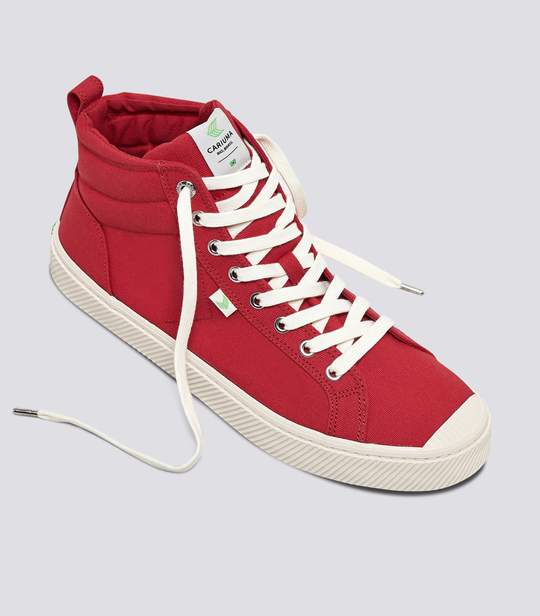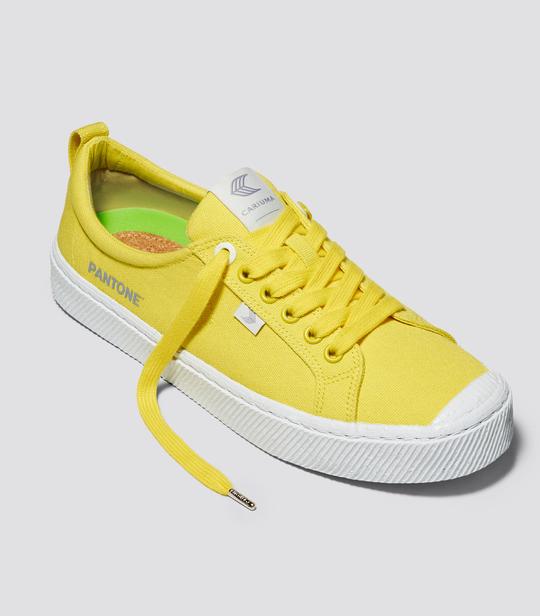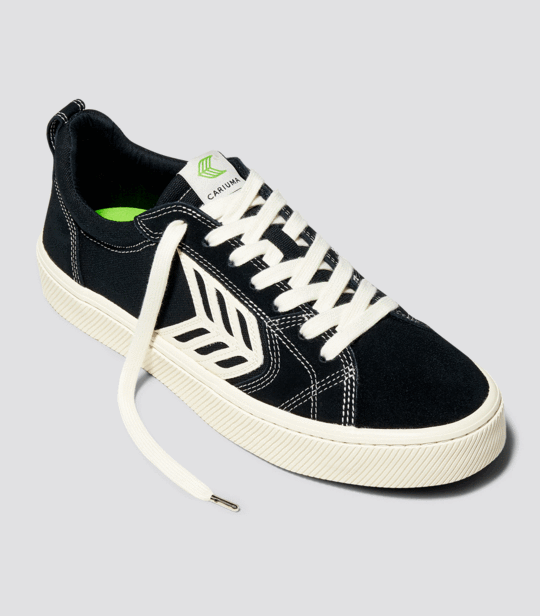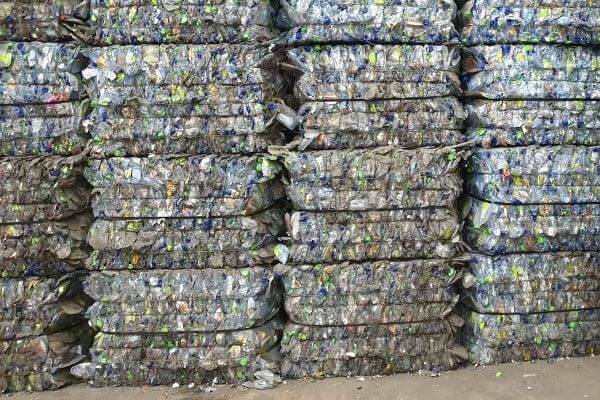What is rPET?
RPET is PET plastic that has been recycled, reprocessed, and made into something new.
PET or Plastic Number 1 is one of the most prevalent plastics in our lives. Common examples of PET range from food and beverage bottles and other packaging to carpets, ropes, stuffing for pillows, and of course, polyester clothing.
rPET is made by recycling PET, more often the recycling of plastic bottles. Once processed, the recycled plastic can be used to make new plastic bottles or other items like activewear or outdoor gear and even shoes.
Choosing rPET helps create a circular economy by keeping these precious materials that have already been extracted from the earth in circulation.
It supports the recycling industry and the companies that are embracing change. It saves energy, resources, and rescues these plastics from landfills where they can take thousands of years to break down.
Read on to find out more about rPET, where we will provide some great examples of everyday products made using recycled PET plastic.
What is PET?
PET is short for Polyethylene terephthalate. Also referred to as plastic number 1 in the plastic resin code, you can identify it by a number 1 inside the chasing arrows symbol.
PET is made from crude oil and natural gas. These fossil fuels are extracted from the earth using a good deal of energy and resources. Then it’s transported to the processing plant where polymers are produced.
Polymers are large molecules made up of long chains of smaller molecules called monomers. The length and type of monomer are what give each plastic its properties.
Learn more about what is plastic and how it is made.
The reason we use so much PET plastic is that it is a highly versatile material. Firstly, it is a thermoplastic, which means when heated, it gets soft, making it easier to use in new products. It is also lightweight, has good resistance to chemicals, is strong, durable, safe to use, and can be recycled easily.
One of the main strengths of PET, its durability, is also its biggest problem. It can take more than 700 years for PET to break down in landfills.
Subscribe to our newsletter and get your free plastic recycling guide. Plus, you’ll get regular tips on recycling and news on new brands that are using recycled materials in their products.
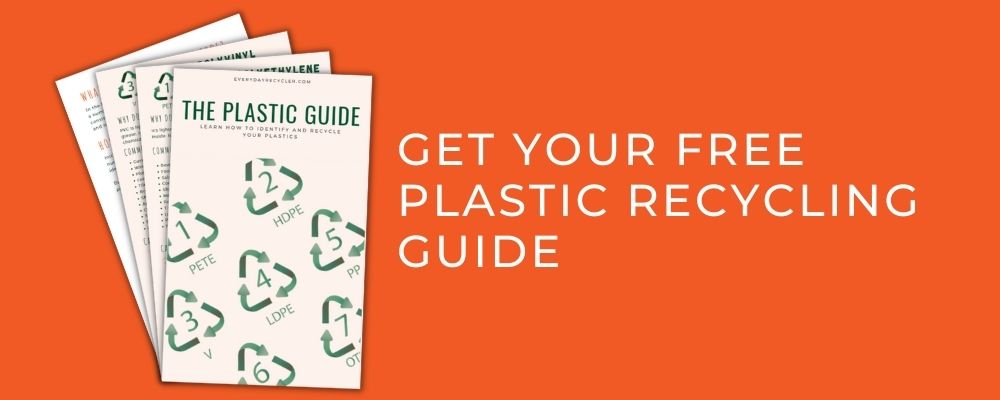
What is rPET?
The great thing about PET is that it is 100% recyclable, and it can be recycled repeatedly. What’s not so great is it does break down as it goes through the heating and recycling processes. In order to make rPET into new plastic bottles, additives are often used to extend the life of the PET.
Despite this, much of the PET that’s recycled is actually downcycled or downgraded. This means it’s used to make items of lesser quality that may be more difficult to recycle again.
However, downcycling still promotes the reuse of materials, reducing the need for virgin materials and energy use and keeping materials out of landfills.
This post-consumer material is collected through municipal systems like your curbside pickup to container deposit collections. Once collected and sorted, it’s transported to ‘the recycling plant, where the material is cleaned and chopped up into small flakes. The flakes are then melted and made into pellets or fiber.
Ready to be used to make many different products.
Once the PET plastic has been recycled, it is referred to as rPET. One of the most common sources for rPET is post-consumer plastic bottles.
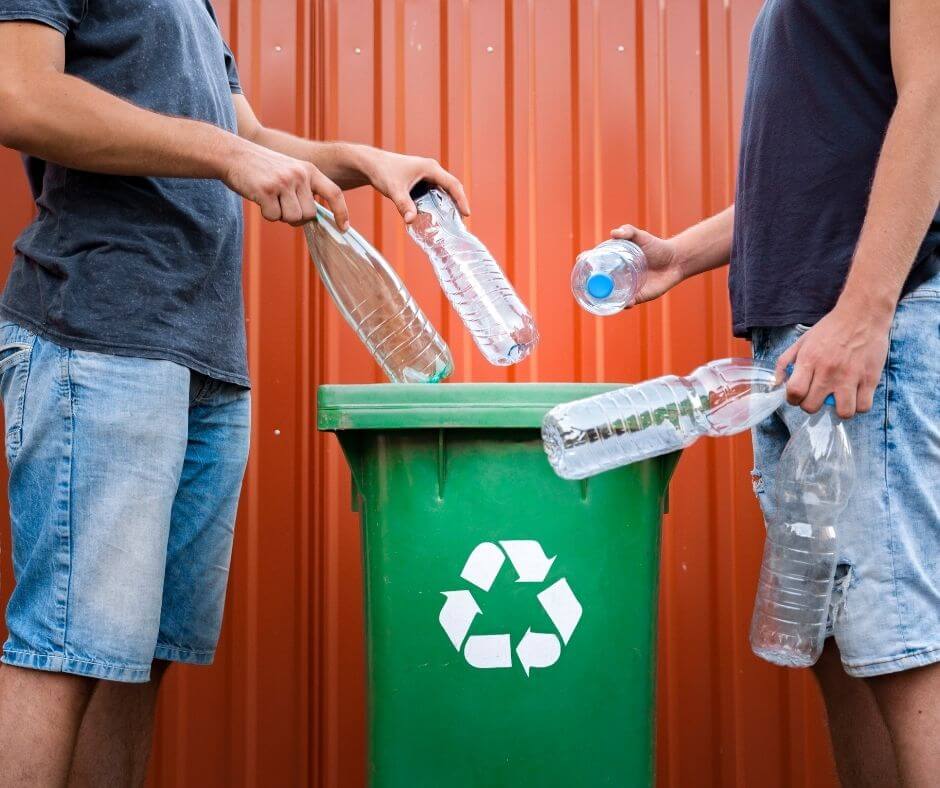
What is rPET used for?
Even though PET is highly recyclable, it cannot always be recycled back into its original form. This is particularly the case for food-grade PET. It can be very difficult to clean the recycled plastic sufficiently to pass the high standards for food-grade plastics.
The color of the plastic can also impact the end-use. For example, clear and light plastic bottles are more likely to be made into new water bottles. Brown or green bottles are made into polyester fiber and fabric. Read more about the life of a water bottle.
RPET can be used to make many different products in addition to being made into new plastic bottles. Common products include activewear, outdoor gear, bedding, and even stuffing for toys or pet beds. Anything made of polyester, which covers many everyday items, can use recycled PET.
Items that are made using rPET include:
- New Plastic bottles
- Food containers like smoothie/juice takeaway cups
- Fiber for the inside of pillows, duvets, or dog beds
- Fiber for roof insulation
- Or for car mats
- Recycled clothing like
- Yoga or activewear
- Swimwear
- Outdoor gear
Is rPET used to make new plastic water bottles?
Water bottles to water bottles, that’s the ultimate goal, right! Bottled water companies have been using rPET for some years now, and the percentage is increasing, according to the International Bottled Water Association. Content per container has increased from 3.3% to 18.2% between 2008 and 2017. Some bottles have even made it to 100% recycled content.
In February 2021 Coca Cola announced a 13.2oz bottle made from 100% rPET in selected states in the USA. Hopefully, there is more to come.
Why should you choose rPET?
Although reducing the amount of plastic we as a society use has significant benefits, keeping plastic already produced in circulation is also extremely important. Recycling PET may not solve all our problems, but there are many good reasons to choose recycled PET over virgin PET.
- By choosing to buy recycled PET, you support the recycling industry and helping to create a market for recycled plastics.
- Buying products from companies that use rPET is like using your power for good. By doing so, you are voting with your dollars and supporting businesses that embrace sustainable practices and drive innovation.
- Using rPET removes the requirement for extracting virgin materials, thus reducing the energy consumption and carbon footprint.
- rPET uses plastic waste that would otherwise end up in a landfill or, worse, polluting the environment. When left in landfills, plastics can take thousands of years to break down. When they do break down, they will tend to break into smaller pieces that can do even more harm if released into the environment.

What can you do to help?
There are many things you can do to help reduce our reliance on virgin plastic.
- Reduce your use of plastic by using reusable bottles and other waste-free options.
- Dispose of your PET plastic responsibly. Follow recycling guidelines in your local community.
- Support the recycling industry and sustainable companies by choosing to buy recycled!
Brands Using Recycled PET
Many brands accept the challenge to reduce our reliance on virgin plastics and turn waste into a resource.
Here are some of our favorite brands.
Tentree
Tentree makes earth-first essentials made from organic and recycled materials, including recycled polyester. Their products range from loungewear to activewear for women, men, and your little ones. Think hoodies, casual pants, t-shirts, and stylish jumpsuits.
They believe we have a responsibility to protect the world we live in. Choosing to buy sustainably is a great place to start. We can all make a difference.
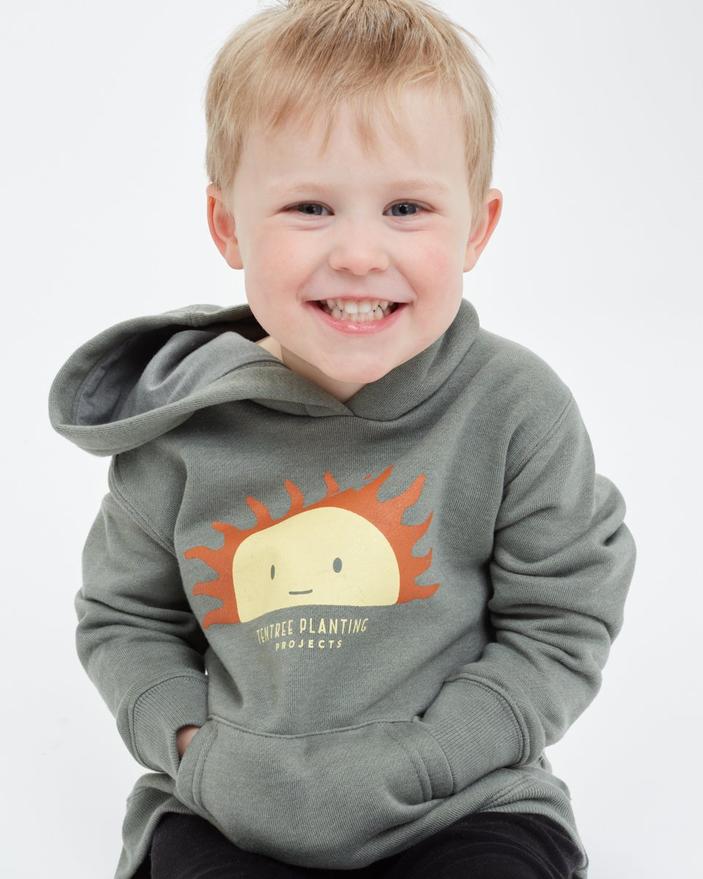

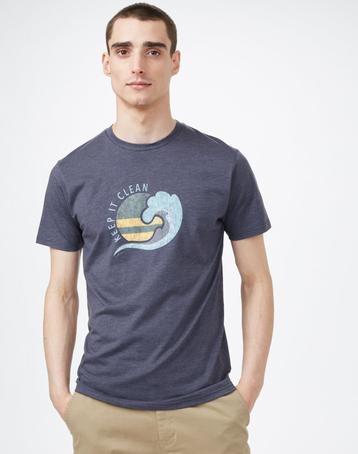
Solgaard
rPET is not just used to make polyester fabrics. These great travel backpacks from Solgard are made using recycled plastic water bottles. By purchasing them, you also help fund ocean cleanups.
With many functional and practical luggage options, Solgaard is helping make travel more sustainable and less stressful all at the same time.
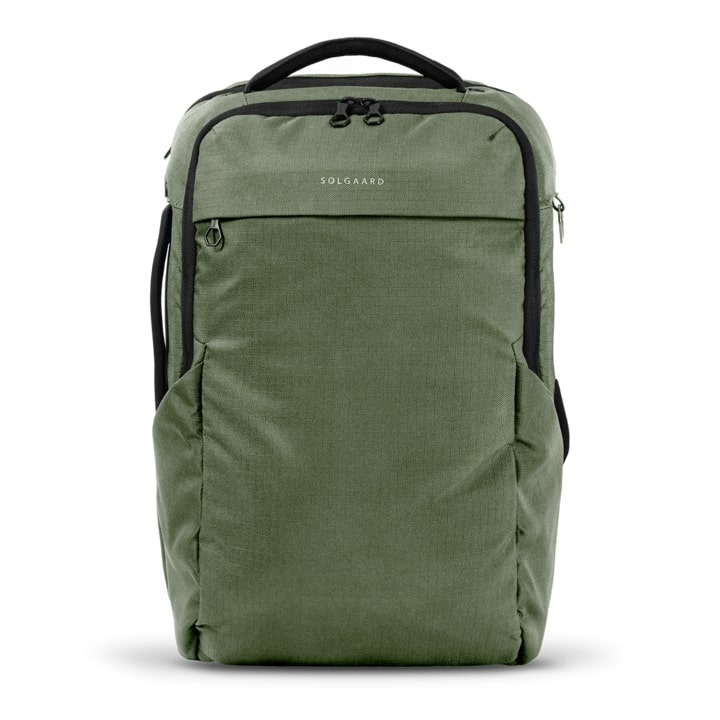
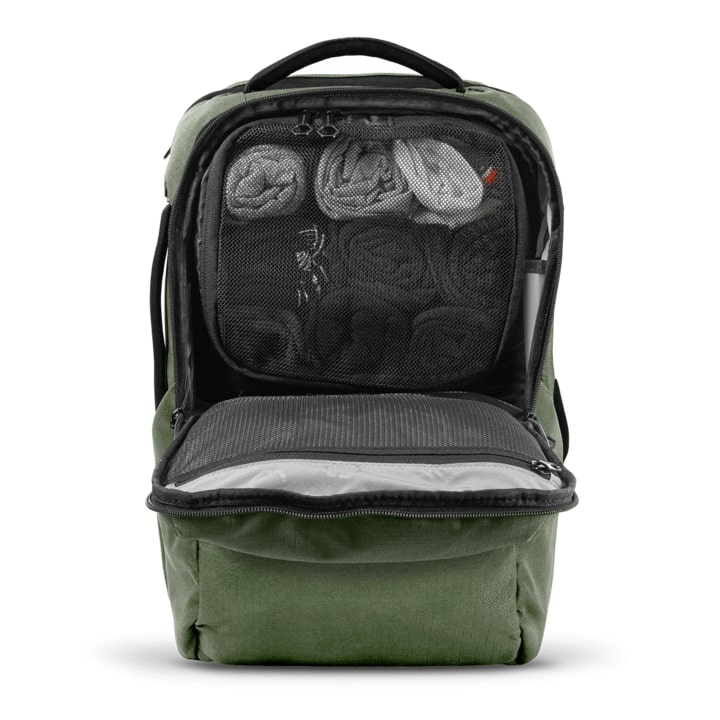
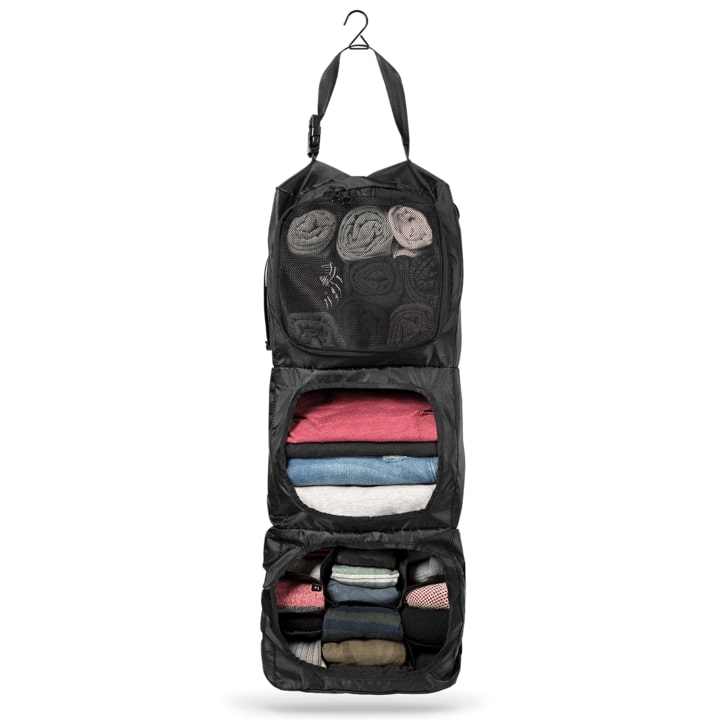
Cariuma
Cariuma designs sustainable sneakers handcrafted using recycled materials, including rPET (recycled polyethylene terephthalate) and other natural materials like rubber, cork, and sugarcane.
Their range includes low-cut and high-cut sneakers in many colors, including the Pantone colors.
